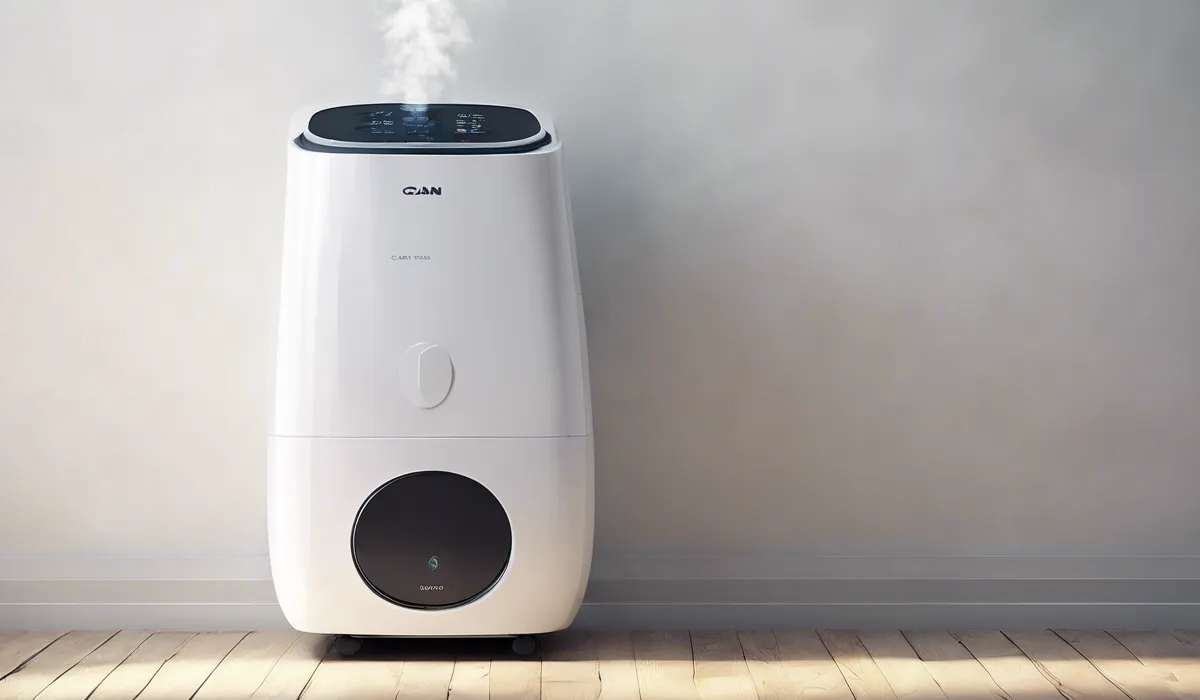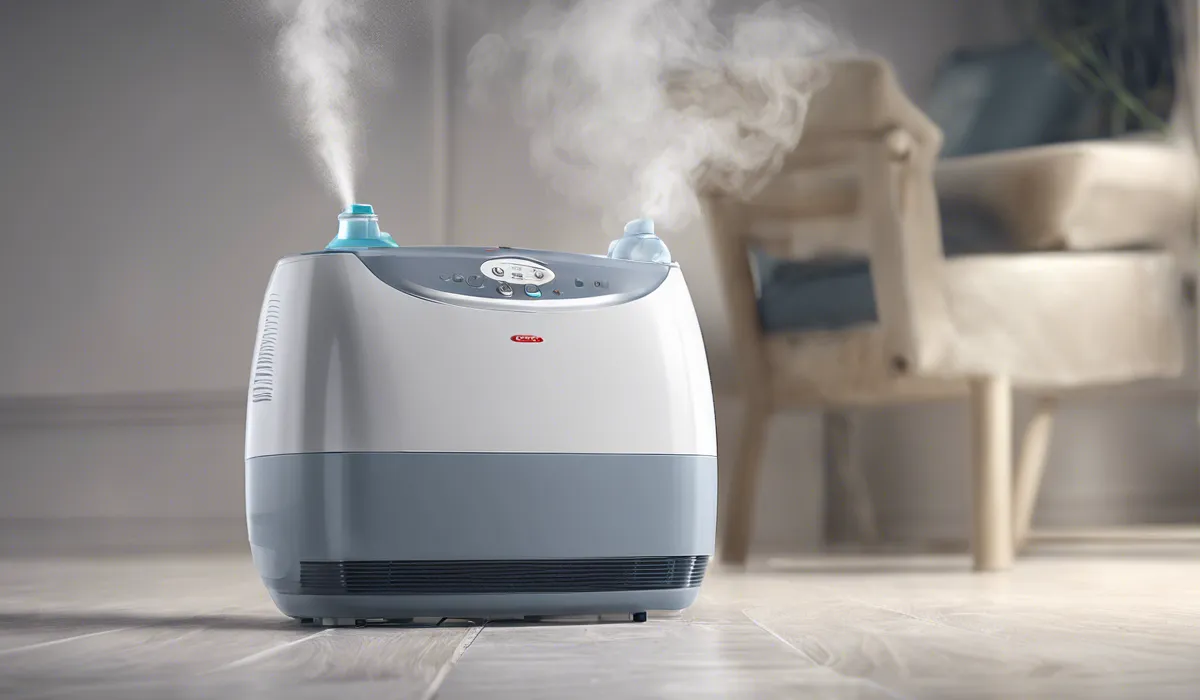Yes, mold in humidifiers can make you sick as it releases spores into the air which can cause respiratory issues, allergies, or infections when inhaled, especially in individuals with weak immune systems or lung conditions.
Understanding Mold and Its Growth in Humidifiers

What is Mold?
Mold is a type of fungus that can grow almost anywhere there is moisture and organic material.
In homes, mold often appears in various forms, such as black spots on shower curtains, white patches on basement walls, or greenish films on damp surfaces.
The most common types of mold found in homes include Aspergillus, Cladosporium, and Stachybotrys, often referred to as black mold.
Conditions Fostering Mold Growth
Mold thrives in environments that provide warmth, moisture, and organic material for nourishment.
Leaky pipes, high humidity, and floods can create favorable conditions for mold to grow. These conditions can be found in many areas of a home, especially bathrooms, kitchens, and basements.
The Ideal Mold Environment Created by Humidifiers
Humidifiers are meant to add moisture to the air to prevent dryness that can irritate many parts of the body. However, if not properly maintained, they can become breeding grounds for mold.
The constant presence of water and the warm environment can allow mold to grow rapidly within the humidifier’s reservoir and on its surfaces.
Mold Lifecycle and Spread
Mold reproduces by releasing tiny spores that travel through the air. These spores can survive harsh environments, lying dormant until they find the right conditions to grow.
When a humidifier is infested with mold, it can spread these spores throughout your home, contaminating the air you breathe.
Health Risks Associated with Mold in Humidifiers

Short-term Health Effects
When mold spores are inhaled, they can cause allergic reactions such as sneezing, itching, watery eyes, and skin rashes.
Some people may experience respiratory issues like coughing, wheezing, or difficulty breathing, especially if they have pre-existing conditions like asthma.
Long-term Health Effects
Continuous exposure to mold can lead to more severe health problems, including chronic respiratory conditions, infections, and immune system disorders.
Long-term exposure can also increase sensitivity to mold, making future reactions more severe.
At-Risk Populations
Children, the elderly, and people with weakened immune systems or chronic lung diseases are more susceptible to the effects of mold.
Their bodies are less capable of fighting off the spores, and the health implications can be more serious for them.
Specific Molds and Their Risks
Black mold (Stachybotrys) is particularly notorious for its health risks, which can include severe respiratory distress and immune system complications.
Aspergillus, on the other hand, can lead to lung infections and is known to produce aflatoxins, which are potent carcinogens when ingested.
Prevention and Remediation Strategies

Humidifier Maintenance Best Practices
To prevent mold growth, it is crucial to maintain your humidifier properly. This includes using distilled or demineralized water, changing the water daily, and drying the unit completely before refilling.
Regularly cleaning the humidifier is also essential to remove any potential mold growth.
Choosing Mold-Resistant Humidifiers
When selecting a humidifier, opt for models that are easier to clean and have fewer parts that can harbor mold.
Some humidifiers come with built-in ultraviolet (UV) lights designed to kill mold spores and bacteria, adding an extra layer of protection.
Cleaning and Disinfecting Your Humidifier
A step-by-step guide to cleaning your humidifier includes unplugging the unit, disassembling it, and using a brush to scrub the tank and other parts with a mixture of water and white vinegar.
Rinse all the parts thoroughly and let them air dry before reassembling.
Seeking Professional Mold Remediation
If you suspect that your home has a serious mold problem, it is best to seek professional help.
Experts in mold remediation can assess the situation, identify the type of mold, and create a plan to remove it safely and effectively from your home.
FAQs About Mold in Humidifiers and Health Risks
Can mold found in humidifiers cause health problems?
Yes, mold in humidifiers can cause health problems as it releases spores that may lead to respiratory issues, allergies, or infections when inhaled.
What are the symptoms of exposure to mold from humidifiers?
Symptoms can include coughing, sneezing, sinus congestion, wheezing, and in some cases, skin irritation or more severe respiratory conditions.
Are certain individuals more at risk if exposed to mold from a humidifier?
Yes, individuals with weakened immune systems, lung conditions, or mold allergies are more susceptible to the effects of inhaling mold spores.
How can I prevent mold growth in my humidifier?
To prevent mold growth, regularly clean and dry your humidifier, use distilled or demineralized water, and change the water frequently.
Is it safe to continue using a humidifier if mold has been found inside it?
No, it is not safe. You should clean the humidifier thoroughly with disinfectants recommended by the manufacturer before using it again to prevent health risks.
Final Thoughts
Mold growth in humidifiers is a health concern as it disperses spores into the air. These spores can lead to respiratory problems, allergic reactions, and infections upon inhalation, posing a higher risk for people with compromised immune systems or pre-existing lung conditions.
Regular cleaning and maintenance of humidifiers are critical to prevent mold development and ensure air quality.
